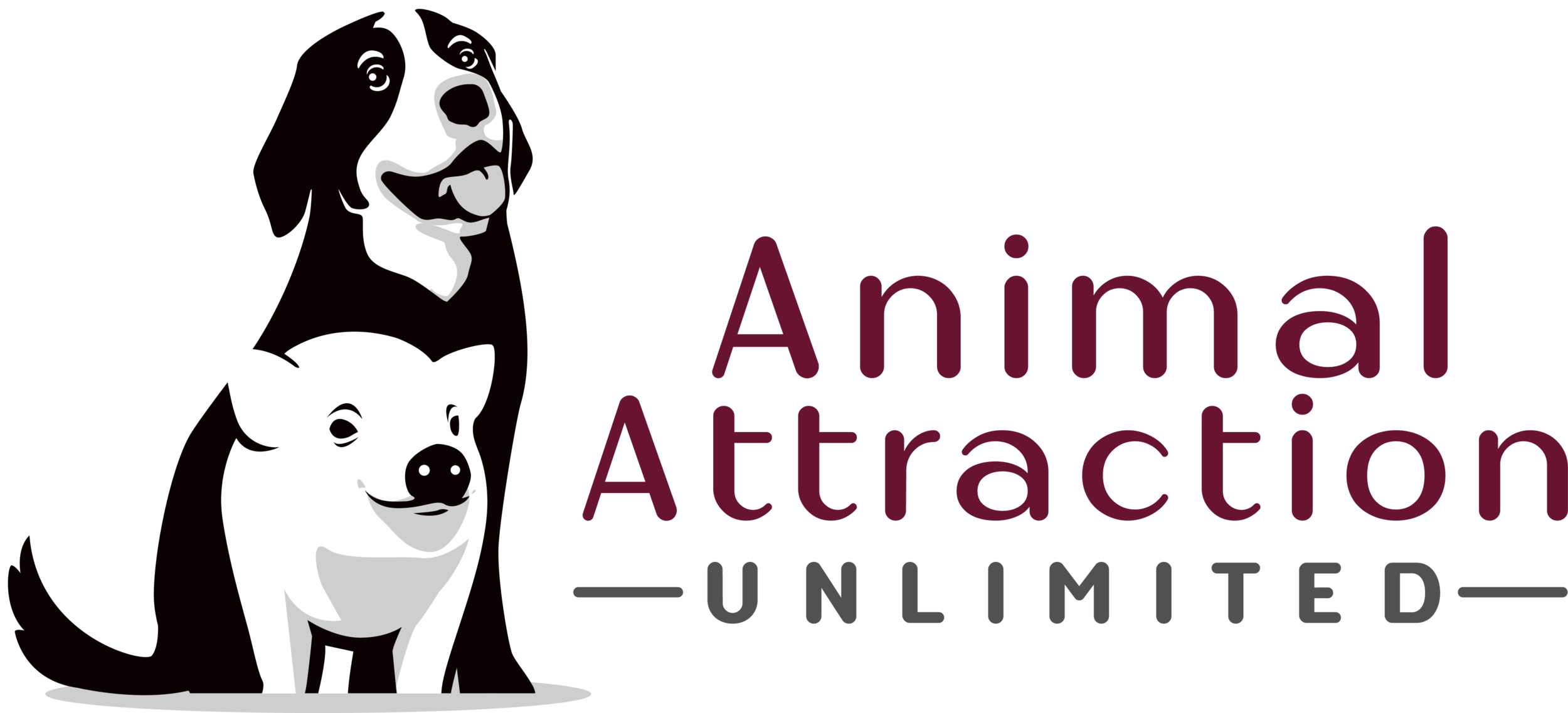"Think you need hours of dedicated training? Think again. We're 'lazy trainers' who get results by integrating training into daily activities. Discover how to teach essential commands without disrupting your busy schedule."
Read MoreToday’s show is about noticing when a small behavior can become a problem in the future. At first, we might see a small version of a behavior and ignore it because hey, it's not a big deal, right? But as trainers, we can see the future and it's not because we're psychic. It's due to the fact that we've worked with so many dogs and have seen how behaviors develop from something small into something bigger and can sometimes difficult to change.
Read MoreToday’s show is about the ins & outs of living in a multi-dog household. Laura & Kim have suggestions which will make your life easier as well as reasons why not to do certain things.
Read MoreWhen discussing shy, fearful or reactive dogs, it is important to know what we mean by that. What does a shy, fearful or reactive dog look like, and what can you do about it?
A shy or worried dog will be uncomfortable with a person moving into their space. They will likely do what is called avoidance behaviors. Avoidance behaviors are things a dog will do to indicate to the person or dog, that they are uncomfortable with the situation and want avoid interaction or confrontation. Things like turning their head, lick their lips, evert their eyes. Think of things you would do if you wanted to ignore a person (minus the lip licking).
Read MoreAs dog owners, we often encounter challenges when our canine companions exhibit fear or reactivity. Whether it's shyness around strangers or aggression towards other dogs, these behaviors can be difficult to manage and can even put our pets and others at risk. In this 2nd part of our 2 part podcast, we'll address fear and reactivity in dogs, drawing insights from experienced trainers Laura Bourhenne and Kim Rinehardt.
Read More“Dealing with Oh No! Situations” In today's show Kim & Laura talk about what to do when the unexpected happens. We've all been through it. You're out with your dog and a loose dog comes running up on you, what's the best way to handle that and keep your dog safe?
Read MoreThe fact is that dogs learn body language faster than verbal cues. We are a verbal species but dogs are a visual species. They must learn the body language of other dogs and those around them in order to successfully maneuver their way through life. It’s a survival skill, plain & simple.
Often, we think our dog knows a verbal cue when we are actually giving the tiniest visual cue as well. If you aren’t sure what your dog is picking up on then videotape yourself and see what your dog is seeing. When we work with our dogs it is important that we are aware of what our body is saying to the dog as well as the verbal cues we give. For example: if our mouth says “stay” but our body language says “come”, our dog will come to us. This is one great reason to practice moving around when teaching stay, instead of doing the all too common “stand frozen in front of your dog” routine. The entire reason we teach stay is so they won’t move while we are doing something else.
Read MoreHave you ever heard the phrase "It's not what you say, it's how you say it"? Well, that phrase has never been truer than when it is applied to how we communicate with dogs. Human beings rely heavily on words and vocal inflections to determine the meaning behind what other people are saying. Dogs, on the other hand, rely more on vocal inflections and body language. Today’s topic is about not only the words we use but how we say them. The tone of our voice and the inflections we use can help determine whether a dog will respond the way we want them to.
Read MoreWhen we choose to be caretakers of animals we make a contract with them. That contract says you will not put your dog into an uncomfortable/unnecessary situation. What we mean by that is if we are in public with our dogs and somebody wants to pet or interact with your dog, it is your duty to know your dog well enough, and read your dog’s body language to determine if he is comfortable with the person and wants to be petted.
Read MoreKim & Laura are usually on the same page with regards to training, but when it comes to playing tug with dogs they have differing opinions. Tug is a mutual killing game where you are a teammate with your dog killing the toy; it is not you against your dog fighting for the toy...
Read MoreTo allow toys or not to allow toys, that is the question. When you watch puppies play together some things to take into consideration are *how* are they playing. Do they play chase or do they wrestle? Unfortunately, there are many group puppy classes which don’t allow people to bring toys to class, nor do they supply toys for the puppies to play with...
Read MoreSuch a simple question with a not so simple answer. As Laura & Kim discuss this topic, you’ll hear why just blurting out “yes” may not be the best option. No matter how friendly your dog is under normal circumstances, there may be situations when he isn’t comfortable having a stranger pet or interact with him...
Read MoreLaura Bourhenne & Kim Rinehardt discuss how they met and how each of them got into dog training.
Read More



















